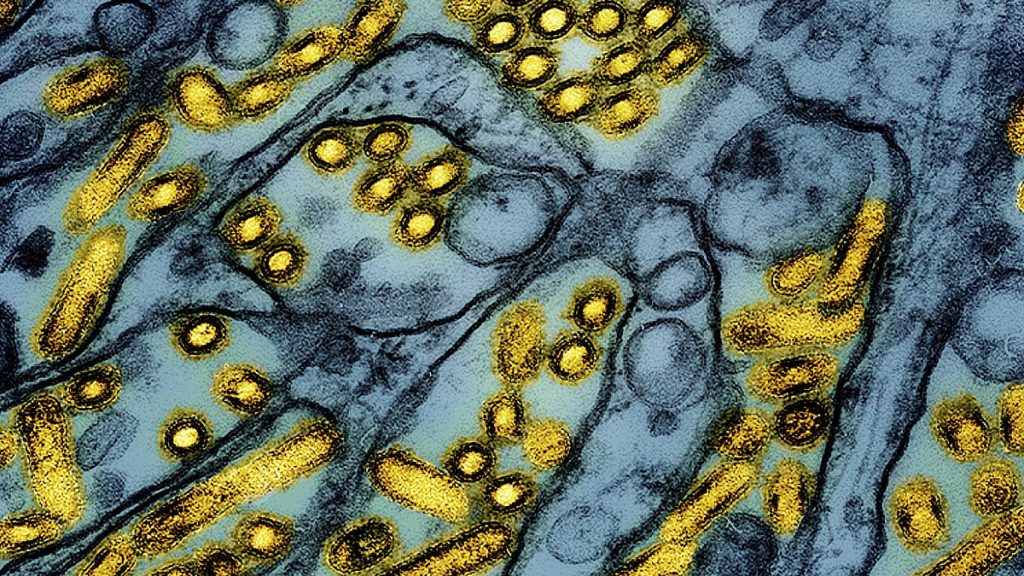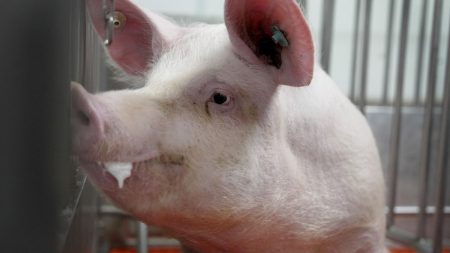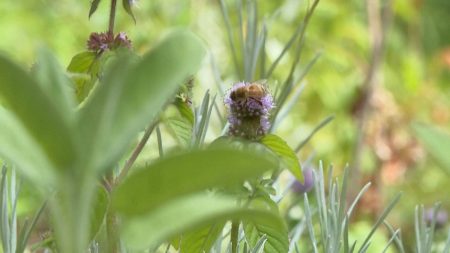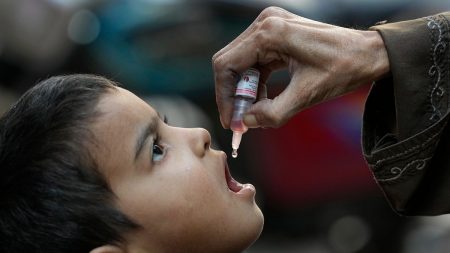The global landscape of avian influenza remains a point of significant scrutiny, particularly given the recent emergence of human cases linked to the H5N1 strain in North America. With 55 confirmed human cases in the United States and the virus’s burgeoning impact on bird populations worldwide, scientists are on high alert for any evolutionary changes that could enhance the threat to human health. Avian influenza primarily affects birds and is typically transmitted to humans through close contact with infected animals, making the recent reported cases, including the first human case in Canada, particularly alarming for researchers and health authorities alike.
This month marked a notable event with Canadian health officials confirming a severe H5N1 case in a teenager hospitalized in British Columbia, raising further concern due to its lack of a clear contamination source and the presence of alarming viral mutations. Experts like Dr. Marie-Anne Rameix-Welti have pointed out that notable adaptations in the virus’s genetic structure, including uncommon mutations in the hemagglutinin protein, indicate that the virus may be adapting to mammals, which could signify an increased risk for human infections. Similarly, Professor Ian Brown from the Pirbright Institute noted this case involved a new genotype associated with an active outbreak in the region, emphasizing its uniqueness and the global community’s apprehension regarding ongoing viral changes.
The situation has escalated, especially as the World Organisation for Animal Health reported a surge in H5N1 outbreaks, with approximately 88 occurring in October alone, resulting in the culling of millions of birds. In the United States, a significant outbreak has also been detected in dairy cattle, implicating around 675 herds across 15 states. While human cases in the U.S. predominantly involve farm workers, there are growing concerns over the first pediatric case reported in California, despite evidence suggesting no person-to-person transmission. In contrast, Europe is currently unscathed, with no reported human infections or the genotype seen in the U.S., though experts warn that the arrival of migratory birds in winter could increase the risk of transmission to poultry.
As scientists scrutinize the evolving bird flu situation, understanding potential pathways for the virus’s evolution into a more formidable human threat is paramount. Although authorities like the CDC and ECDC assert that the risk to the general population remains low, the persistence of the virus in avian communities increases exposure opportunities for those in close proximity. Most human cases reported thus far have been mild, characterized by conjunctivitis rather than severe flu symptoms; however, researchers remain vigilant for any signs that the virus could acquire the ability to transmit between humans, raising the specter of a possible pandemic.
Importantly, experts emphasize that prolonged infections in avian populations, especially domestic birds, could enable the virus to adapt more effectively to human hosts. Given that the current human population lacks pre-existing immunity to H5N1, even a modest shift in transmissibility could result in widespread consequences. While experts agree that we are not facing an immediate major risk, they stress the importance of constant monitoring and preparedness as the situation continues to evolve. The potential for mutations that increase humans’ vulnerability to the virus serves as a reminder of the delicate balance posed by emerging infectious diseases and the need for ongoing vigilance in public health.
In summary, the recent developments in avian influenza present a complex interplay between avian and human health, with scientists closely monitoring genetic changes and outbreaks to anticipate any shift in the virus’s threat level. As the situation develops, understanding the pathways of transmission and adaptation will be crucial in mitigating risks to both human and animal populations, emphasizing the importance of collaboration across the global scientific community to address potential public health threats posed by evolving strains of avian influenza.














